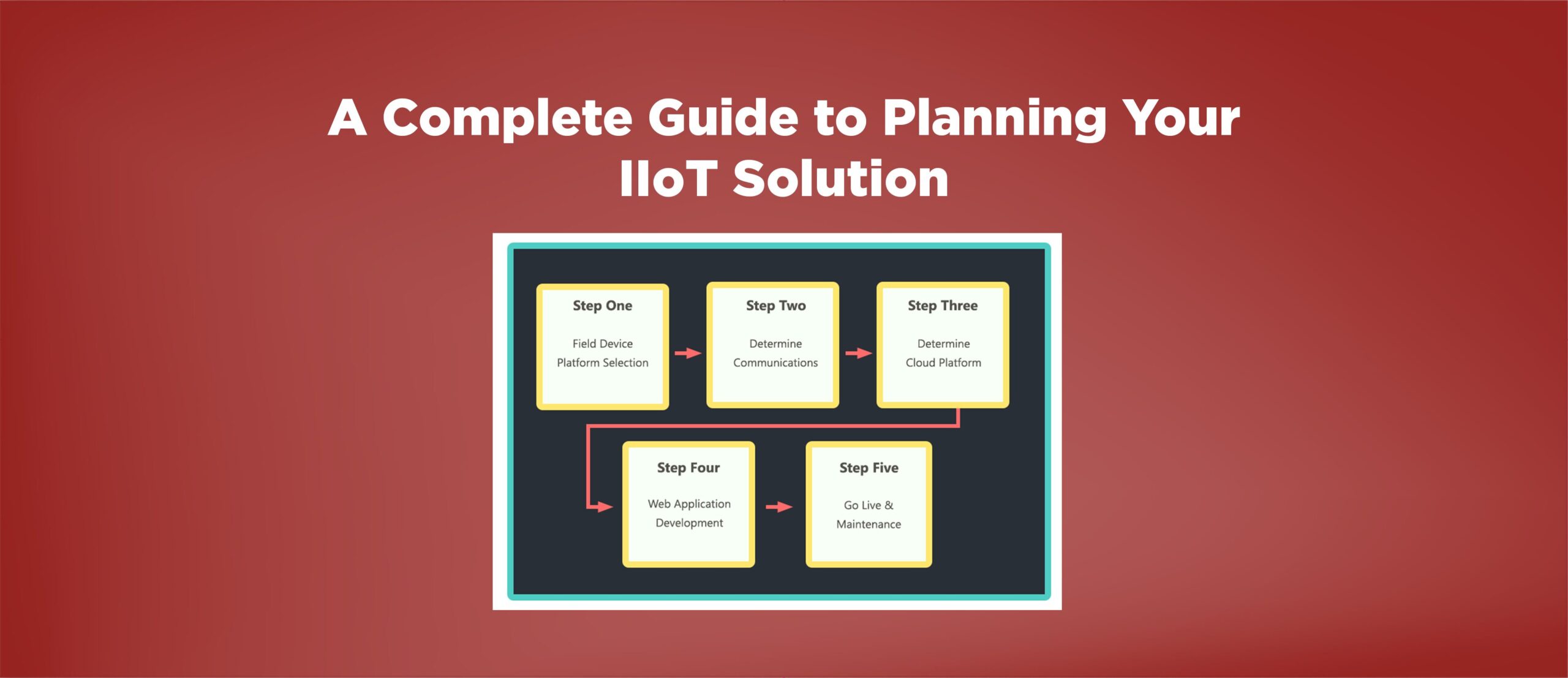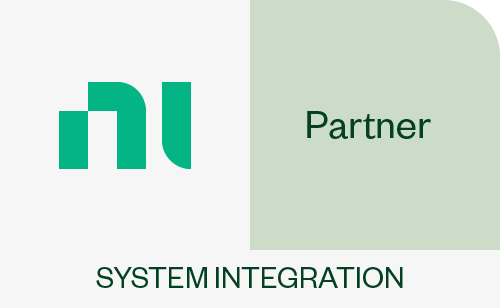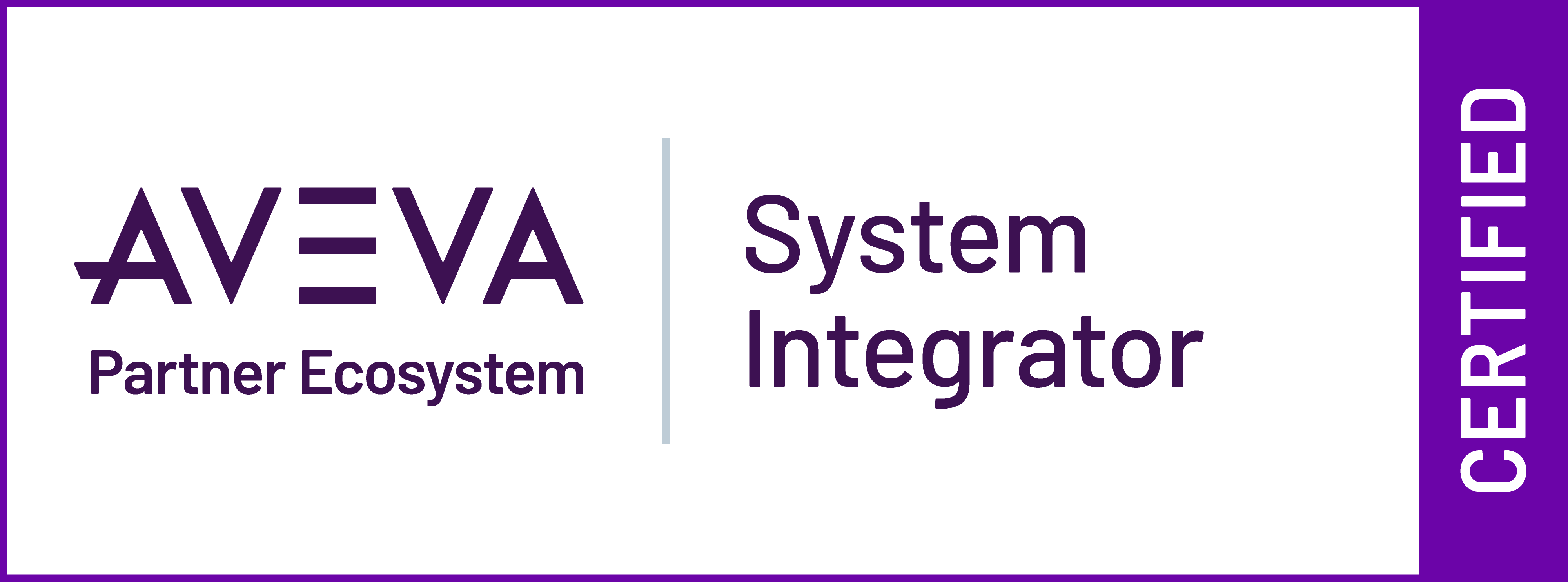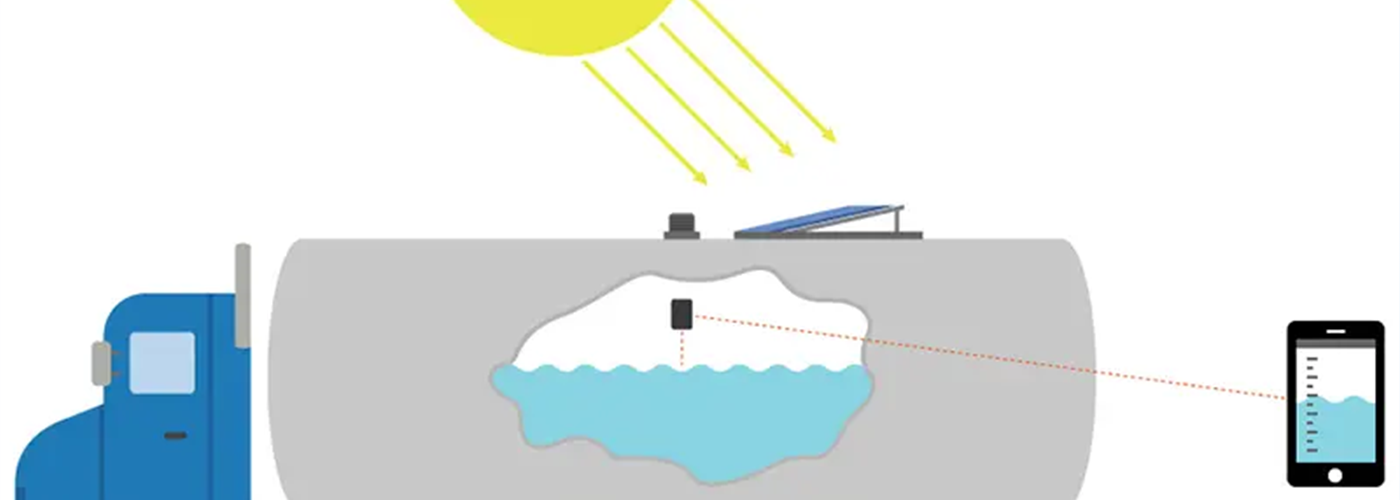IoT or Internet of Things is a “system of interrelated computing devices, mechanical and digital machines, objects, animals, or people provided with unique identifiers and the ability to transfer data over a network without requiring human-to-human or human-to-computer interaction.” The Internet of Things continues to develop as technology advances, and the need to interact with devices in a new way continues to develop.
Out of IoT, IIoT, or the Industrial Internet of Things, is emerging as a common and necessary term. This guide provides insight into IIoT and into DMC’s process for completing successful IIoT projects.
Table of Contents
- IIoT Overview
- Our Five-Step Process
- Step One: Field Device Platform Selection
- Step Two: Determine Communications
- Step Three: Determine Cloud Platform
- Step Four: Web Application Development
- Step Five: Go Live and Maintenance
IIoT Overview
Much like IoT, IIoT uses sensors and other technology but in an industrial setting to leverage real-time data to monitor and control devices in the field and communicate and display that data in a way that allows for better decision making in industrial processes.
Our Five-Step Process
DMC has completed hundreds of projects incorporating a wide range of solutions. Through experience, our engineers have developed a process for implementing IIoT solutions. We begin by starting at the lowest level and then fill in the gaps, going up the stack.
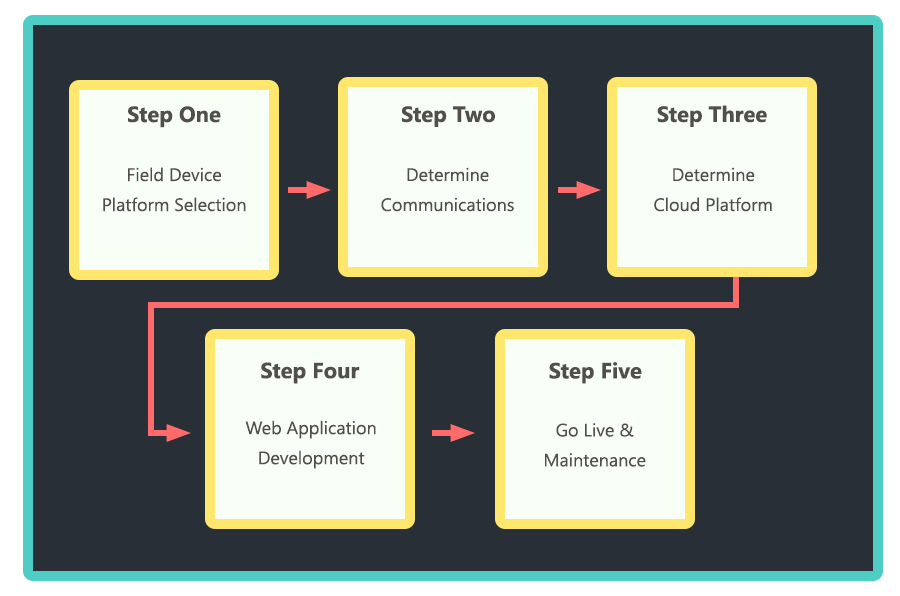
Step One: Field Device Platform Selection
Getting reliable, accurate data from the physical system is the primary challenge for any system design and the most important decision you can make. Once you secure the data, you can do anything you want with it. Answer the following questions to select hardware used in the field:
- What are you trying to measure or control?
- What does the device in the field need to be able to do on its own? How complex?
- How many devices do you anticipate on deploying?
- Are you the end-user and maintainer of this equipment, or are you selling a solution (operated and maintained by others)?
- What does new device provisioning look like? (the ideal process)
- How will this device be powered?
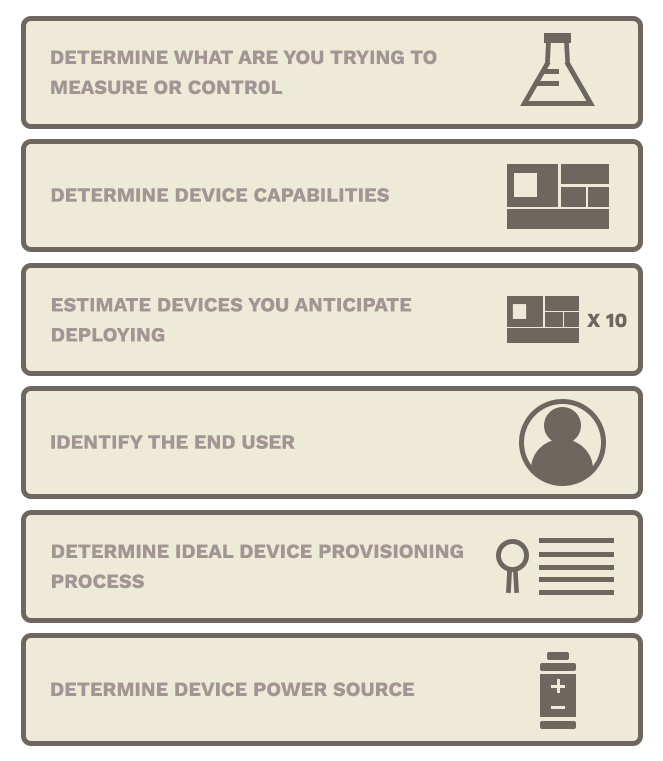
Keep in mind, the software platform is determined by hardware selection. For example, when you pick a particular PLC, you have to use the manufacturer’s software to program it. For an embedded device this will be C++, etc.
Device Hardware: Selecting the Right Parts
Let’s say the average PLC costs $1,000, so every time you put one out in the field, that is another $1,000 of hard costs. PLCs are great for some things while NI has developed expert tech for other uses. DMC engineers can leverage experience from hundreds of completed projects to advise on making the best choice for each project.

0-10 Devices – Small Deployments
10-100 Devices – Larger Deployment, off the shelf products, but start to have cost-optimized decisions
100-1000+ Devices – Discuss an embedded solution because the hardware starts to get expensive
Step Two: Determine Communications
After determining your device platform, deciding how your networking devices are configured is key. Consistent communication between devices is essential. DMC’s engineers help scope what needs to be done. Consider the following:
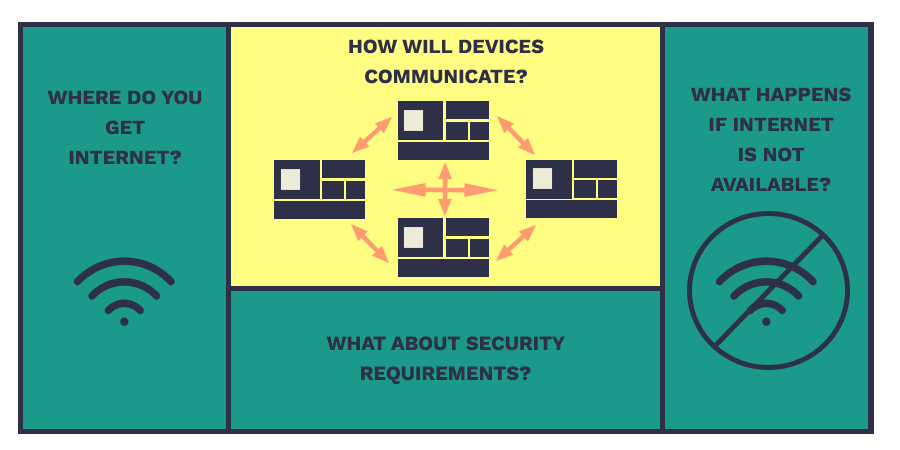
- How are you going to communicate with devices?
- Where is the internet coming from?
- Cellular, Wi-Fi, from the plant?
- What happens when the internet is not available?
- Local caching, buffer and retry, operational impacts
- What are the protocol security requirements?
- Encryptions, certificates, secure comm management
Step Three: Determine Cloud Platform
There are a lot of cloud platforms to choose from when you reach this phase of the process. Ask yourself, what out of the box services (provided by these hosting entities) will your application need/or take advantage of? Some cloud platforms include Azure, AWS, and Google.

This phase is when we need to assess how to save on custom development, and where it’s possible to use solid foundational pieces already developed for these types of applications. Ask yourself:
- Do you need a website?
- Do you need database(s)?
- Do you need user management?
- Do you need integrations to other cloud services?
- Do you need SMS, e-Mail, or other mass notification capabilities?
- Do you need an AI engine or advanced analytics support?
- Do you need a flexible reporting framework (points to things like PowerBI)?
- What type of data store is needed?
- How much data?
- How often will it be sampled?
- How will the data be used?
- Where and how will security be enforced for cloud resources?
- How many monthly active users do you anticipate on this cloud application?
- What in house cloud/web development resources do you have?
- What are they comfortable with and willing to maintain?
Step Four: Web Application Development
DMC’s full-stack development team builds custom web applications with intuitive interfaces designed for usability and stable back ends designed for scalability.
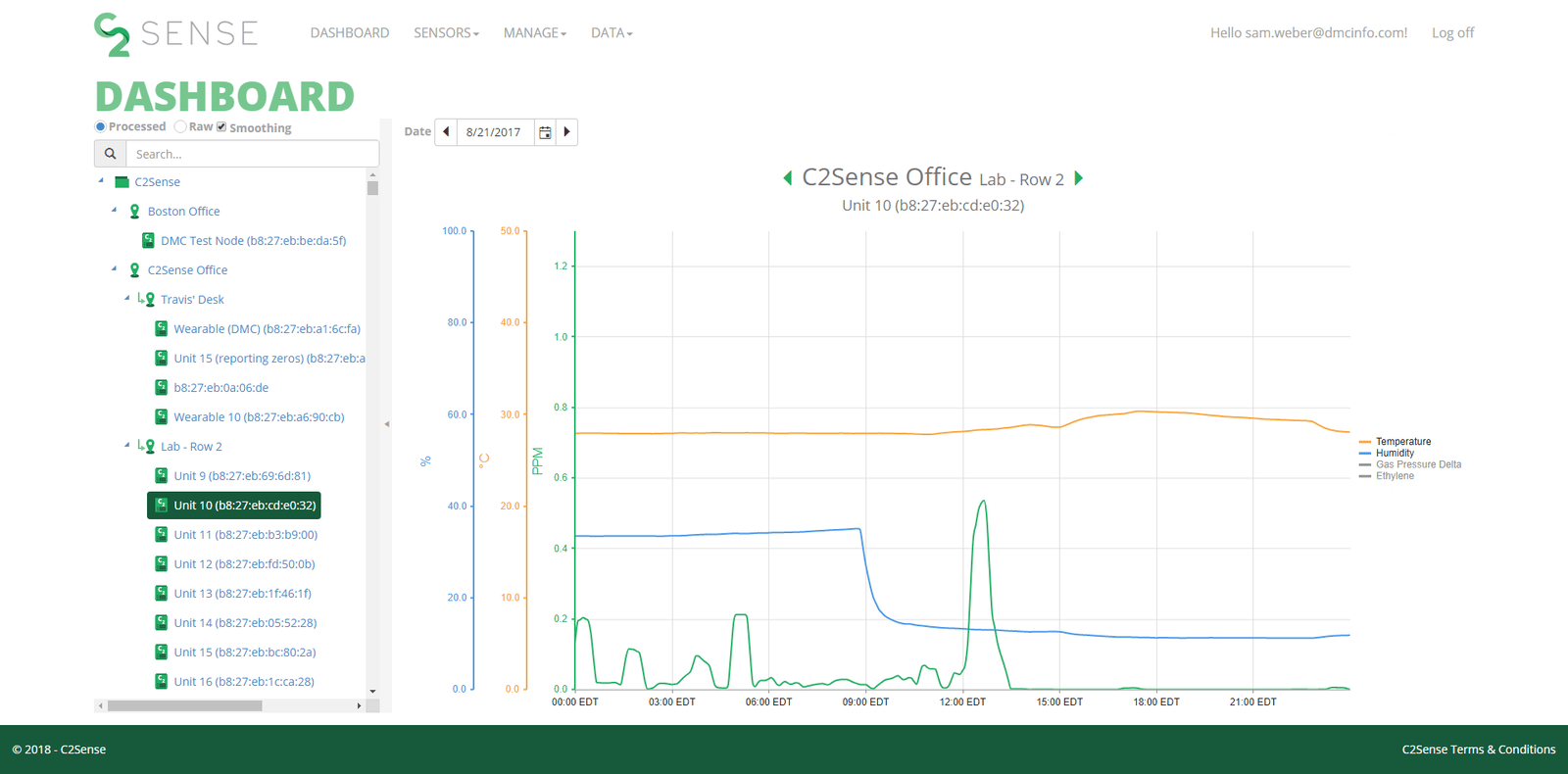
Consider the following during this step:
- Define the UI/UX experience
- How are you going to onboard new users?
- How are you going to onboard new devices?
- How are you going to manage devices?
- How are users going to view data?
- What access restrictions should apply? (user levels)
- What types of notification and alerts are required?
- When should devices be alerted to changes?
- What visualizations for data or information are required?
- What type of reporting is required? How are users notified of reports?
- Is a native Mobile App also required?
- Is a generic API (accessible by third parties) required?
- Define support plan for end-users of the application
Step Five: Go Live and Maintenance
- Are you using continuous Integration tools in Development, Staging, and Production environments?
- Do you have planned downtime for production-level updates?
- Are database migrations required? Data integrity checks?
- Deploy and active service health monitors?
- Are support and service avenues (emails/phone) active and being monitored?
Industry Credentials
DMC holds several key industry credentials with leading technology providers.
Our Work
Ready to take your Automation project to the next level? Contact us today to learn more about our solutions and how we can help you achieve your goals.







